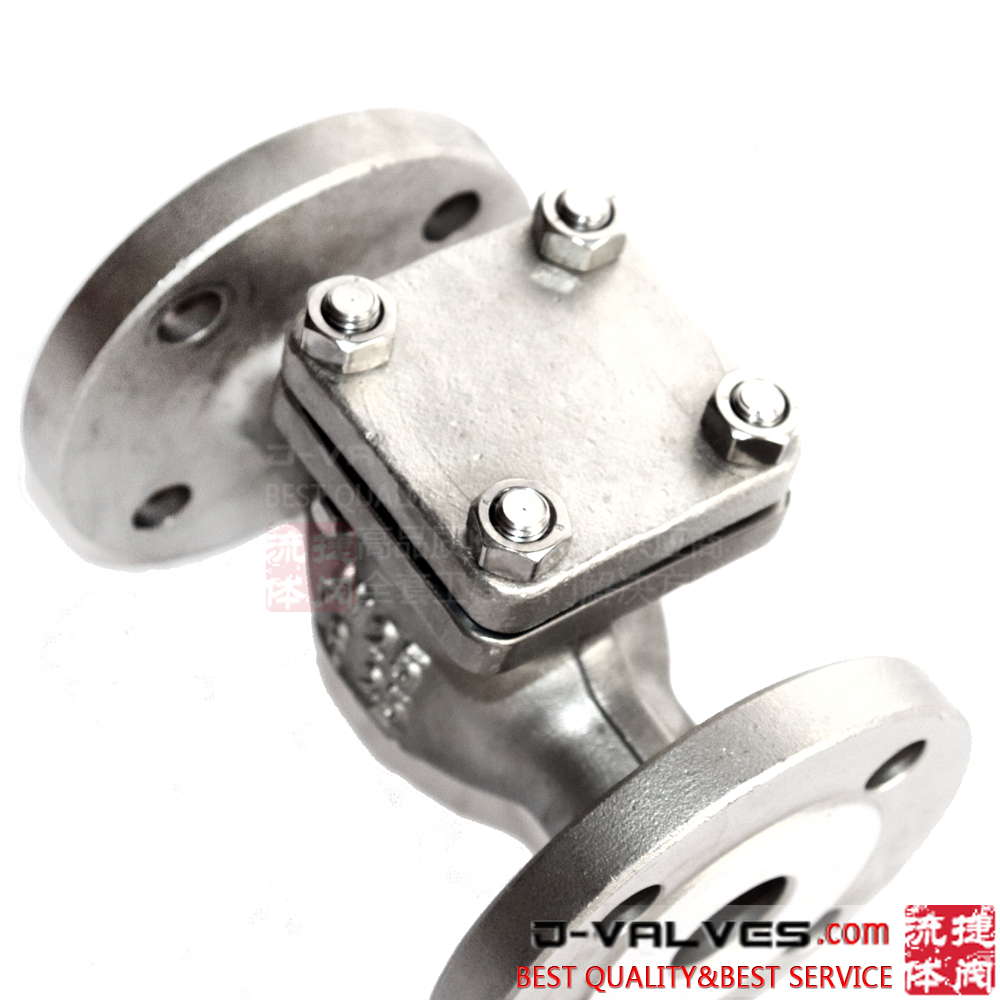Views: 0 Author: Site Editor Publish Time: 2024-04-20 Origin: Site









Understanding the nuances between various types of valves is crucial for ensuring the proper function and safety of plumbing and piping systems. Among these, the check valve and backflow valve are often subjects of confusion. Are they the same, or do they serve different purposes? This exploration aims to clarify the distinctions and similarities between a check valve and a backflow valve, providing essential insights for industry professionals and enthusiasts alike.
A check valve, by its very design, is a one-way gatekeeper in piping systems. Its primary function is to prevent the backward flow of fluids, ensuring that water, gas, or any other medium flows in only one direction. The beauty of a check valve lies in its simplicity and efficiency. It operates automatically, responding to the flow dynamics within the system without the need for manual intervention or external control mechanisms.
The versatility of check valves allows them to be used in a myriad of applications, from household plumbing setups to industrial processes. Their construction can vary significantly, ranging from swing check valves to ball check valves, each designed to cater to specific flow conditions and pressure requirements.
While a check valve serves to maintain unidirectional flow and prevent backflow, the term "backflow valve" is often used interchangeably but inaccurately. In essence, all backflow valves are check valves, but not all check valves are specifically designed as backflow prevention devices. A backflow valve is a type of check valve with enhanced features and certifications specifically for preventing the contamination of potable water supply due to backflow.
Backflow occurs under conditions of backpressure or backsiphonage, situations that can lead to serious health hazards if contaminated water enters the clean water supply. Backflow valves are equipped with additional mechanisms such as air gaps or reduced pressure zones, making them more sophisticated than standard check valves.
The application of check valves extends across various industries including water treatment, pharmaceuticals, food and beverage production, and more. They are critical components in systems where the prevention of fluid return is necessary for operational safety and efficiency. On the other hand, backflow valves find their most critical use in protecting potable water systems from contamination.
It's important to note that regulatory requirements may dictate the use of specific types of backflow prevention devices in certain applications. For example, municipal water supply systems often require approved backflow prevention assemblies that are tested and certified to meet stringent standards.
When it comes to selecting between a check valve and a backflow valve, understanding your system’s requirements is key. For general applications where preventing reverse flow is the primary concern, a standard check valve may suffice. However, for applications involving potable water or where there's a risk of contamination, opting for a certified backflow valve is essential.
Moreover, considering factors such as flow rate, pressure drop, and the nature of the fluid will guide you in choosing the right valve configuration. Consulting with industry experts or manufacturers can provide valuable insights into the most suitable valve type for your specific needs.
In conclusion, while check valves and backflow valves share the fundamental purpose of preventing undesired reverse flow, their applications, specifications, and regulatory requirements differ significantly. Recognizing these differences is crucial for ensuring the safety, efficiency, and compliance of plumbing and piping systems. By making informed choices based on the specific demands of your project, you can ensure optimal system performance and safeguard against potential health risks associated with backflow.